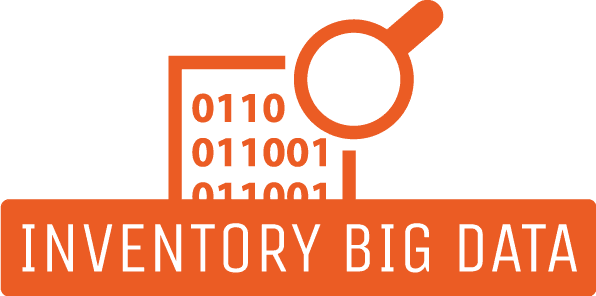Customer support files – Methodology to improve
Description
Review of the methodology to manage daily files and information.
Download presentation :
Automation of files for weekly reivew with customers and/or suppliers.
Tools to improve service levels, depth of delays, and customer lead times.
Customer support follow-up files
Customer support teams often use follow-up files to track and manage their daily operations because they provide a convenient way to organize and access important information. Follow-up files can be used to keep track of customer inquiries, issues, and feedback, as well as to document the steps that the support team has taken to resolve those issues.
Having a follow-up file for each customer or issue can help the support team stay organized and ensure that no important details are overlooked. It can also be helpful for keeping a record of the interactions that the team has had with each customer, which can be useful for tracking the progress of ongoing issues or for future reference. Follow-up files can be created using a variety of tools, such as document software, spreadsheets, or specialized customer support software.
Additional information
| Objective | |
|---|---|
| Offer |





